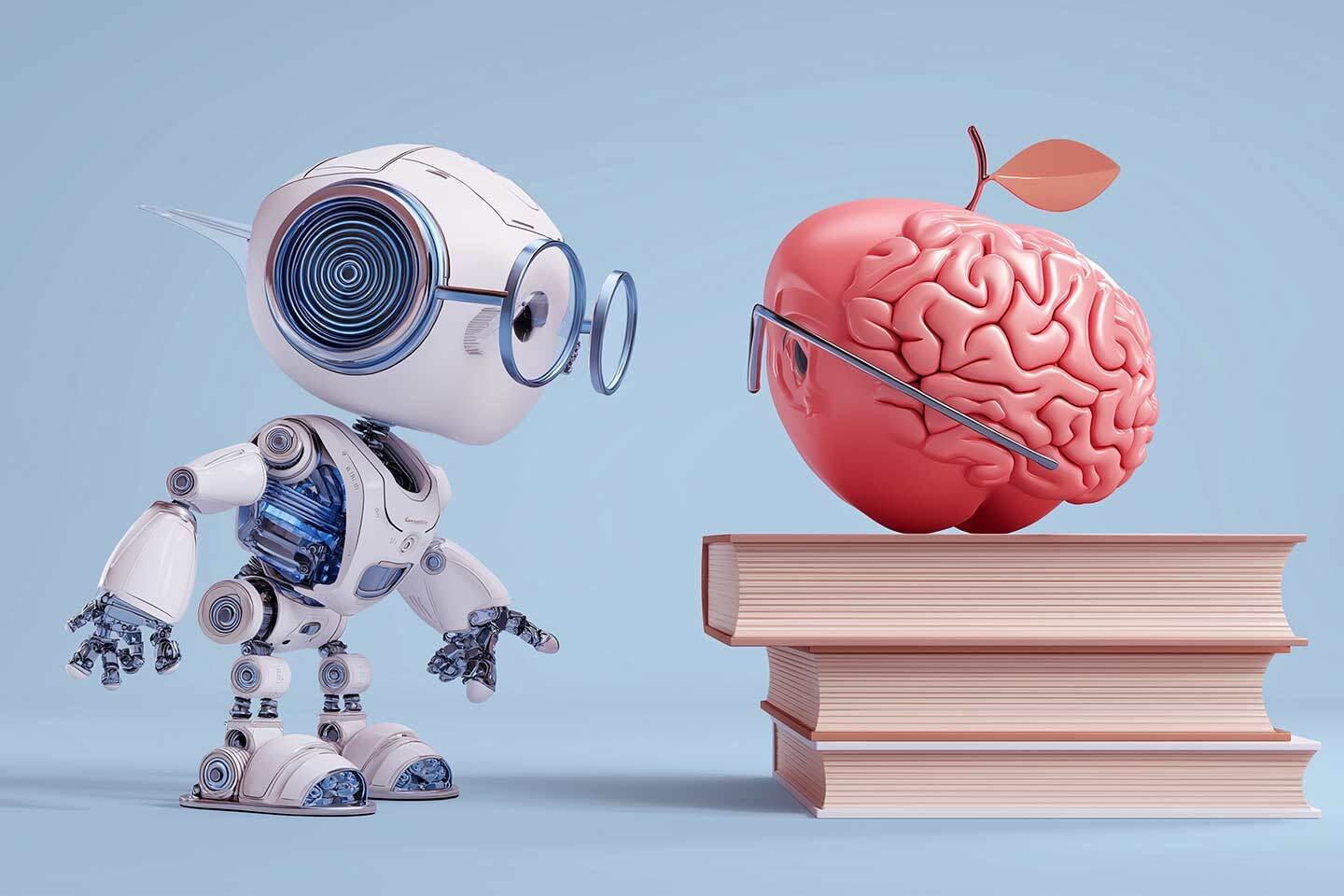Every day, we read stories in the newspaper about AI. Some stories focus on the negative side, i.e., nefarious behavior such as cybercrime and fraud. Others are funny, such as the travelers who ended up in the wrong destination after trusting Chat GPT’s ‘advice’. However, the stories that capture our attention are those where AI prevails, providing solutions to daily problems and making our lives a bit simpler.
In Higher Education Institutions (HEIs), introducing new technology is not a new phenomenon. Each generation of eager students has come to school with their backpack of technology, from floppy disks to hard disks to portable computers to iPads. In my generation, we had a computer class where we actually learned to code (of course, this was also the era when we learned to type with ten fingers, which turned out to be really useful in a digital world!). In the computer class, I remember how proud I was when the dot on the screen moved after I coded the movement. It seemed like anything was possible.
In that era (the early 80s, to be precise), we learned how technology worked before we were allowed to ‘play’ with it. We respected technology and patiently waited for our turn to use it. By the time we entered university, we were prepared to abandon the cumbersome typewriter and embrace. word processors. Lucky (and popular) was the student who owned their personal home computer.
But university also led to new adventures, such as chatting online with friends on other campuses for free. Through a connection (and a long extension cord), a friend of mine introduced me to the possibility of the ‘chat’ in a real time chatroom. I spent hours speaking to someone at the University of Kentucky just because I could. Luckily, though, I had more interesting things to do, and my online presence was ephemeral at best (and remains so today!).
Nonetheless, as the decades passed, technology became more pervasive and performant. For over a quarter of a century, I have been teaching in HEIs where I have witnessed these changes. Early in my career, no student had a laptop; now, show me the student who doesn’t. I didn’t need to ban phones because they weren’t on student desks; today, I struggle to get them off the desks. Nonetheless, those are tools, albeit expensive and practical, but they are still tools. The tools cannot do the task without human interaction. HEI stakeholders claim a responsibility to ensure that technology supports, rather than replaces, human reasoning. Technology should serve humanity, not the other way around. Yet, what we are seeing is a new phenomenon altogether. AI is capable of producing text and visuals in just a few seconds. If we show an example, AI can replicate the example. The lines of true and false have become fuzzier than ever before. Can we critically assess what is real in 2025?
Critical Thinking in an AI Era
Critical thinking matters now more than ever. We have established that AI is present (perhaps over-present) in our education and professional life. In the workplace, we need to understand the limits of AI and avoid the temptation of using it just because it is there. After all, we are the owners of the information that we share. In the classrooms, we have seen how AI enhances efficiency and access to knowledge yet potentially diminishes students’ capacity for independent thought and judgment. In the classroom, we see students increasingly reliant on (and smitten with) AI tools to generate ideas and answers. Is it our role to redesign learning to strengthen students’ capacity to analyze and evaluate, rather than passively accept information? Do we need to explore pedagogical strategies that position AI as a thinking partner, not a substitute for thought? What new pedagogical designs can stimulate critical engagement alongside the use of AI?
Join the SOTL 2026 Conference
In February 2026, EHL will be hosting its annual Scholarship of Teaching and Learning (SoTL) conference. At this conference, and with funding from HES-SO, a first-of-its-kind SoTL project on “AI and critical thinking” (or “critical thinking with AI”, “AI for critical thinking”, etc.) will be co-launched with the participants. In the true spirit of SoTL, only the problem, that of AI and critical thinking in HEIs, is known. Together, we will decide on the project that will be completed by February 2027. It is an ambitious and exciting opportunity. Come and join us to contribute to the literature on AI in HEIs and make history in our approach!
Written by

|
Dr. Laura ZizkaAssociate Professor at EHL Hospitality Business School |
